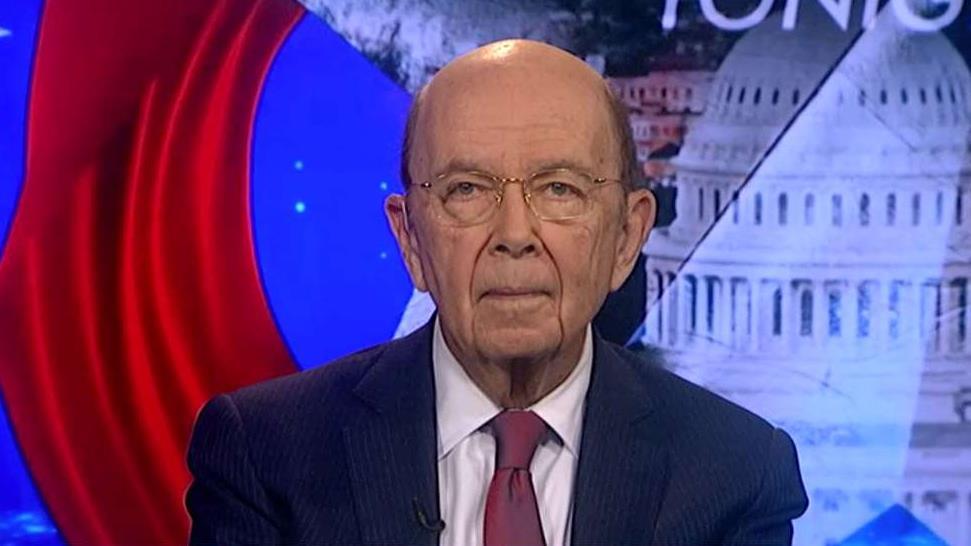US-China trade truce creating investor agita, but America's future is optimistic
Just five days after a productive G-20 meeting between President Trump and President Xi yielded major breakthroughs and a 90-day truce in the U.S.-China tariff war, markets reeled once again Thursday on trade uncertainty. Investors are right to be cautious -- the arrest of a prominent Chinese corporate executive for alleged violations of U.S. sanctions on Iran is no small matter.
But markets should set aside this short-term uncertainty and focus on one undeniable fact: America’s economic fundamentals are strong. President Trump’s bold policies and negotiating tactics are working.
Having served in President Trump’s Commerce Department under Secretary Wilbur Ross, I fully understand the seriousness of China’s incessant trade abuses. Chinese economic aggression and malign behavior has threatened national security and put U.S. firms at an unfair disadvantage, contributing to a $600 billion trade deficit that has killed 3.4 million American jobs since 2001. Add in some IP theft here, some cyber espionage there, and maybe it’s time to stop letting the bully steal our lunch money.
To tackle this problem, President Trump understood wisely that first we must cut taxes and remove burdensome regulations to make the U.S. more globally competitive. These pro-growth policies have led to 3 percent GDP growth expected in 2018 (the first time since 2005), the lowest unemployment rate in 17 years, and the strongest consumer confidence and business optimism in years. The U.S. economy is booming while China’s growth is slowing, setting the stage for President Trump to negotiate from a position of strength.
For even more leverage, the Commerce Department conducted Section 301 and Section 232 investigations and caught China red-handed in trade violations and unfair practices. Finally, President Trump successfully re-negotiated NAFTA and replaced it with the new U.S.-Mexico Canada Agreement, which requires Canada and Mexico to notify the U.S. of planned trade negotiations with a non-market country (read: China).
Now, for the first time in decades, a U.S. president has forced China back to the table and has secured significant immediate concessions. Among the hard-fought victories for U.S. companies are reduced tariffs on U.S. exports, stricter punishment for intellectual property theft, and the end of forced joint ventures for U.S. firms entering the Chinese market.
Official statements this week from the White House and Beijing confirmed that there is “a clear timeline and road map” that could lead to a full agreement over the next 90 days. Tasked with keeping China on a short leash is U.S. Trade Representative Robert Lighthizer, who President Trump named Monday as the key leader in all future U.S.-China negotiations. A seasoned negotiator with decades of experience navigating the WTO and global trade rules, Ambassador Lighthizer will hold China accountable to its commitments.
As a result, America’s companies and workers will be better off in the long run. The ultimate goal, according to National Economic Council Director Larry Kudlow, is free, fair, and reciprocal trade that involves zero tariffs, zero subsidies, and zero non-tariff barriers. That is something all free traders can get behind.
If there is one indisputable truth we have learned over the last two years of this administration, it is this: President Donald J. Trump is the least predictable president in United States history. Justifiably so -- after all, you never want to tip your hand to the enemy. But adversary or ally, this approach will keep them honest, and markets must rise and fall accordingly if America is to win the trade war against China. If we understand the America First doctrine, we understand that when American businesses and workers have the upper hand, our future truly is optimistic.
Chris Garcia is a former deputy director of the U.S. Department of Commerce under President Trump. Follow him @ChrisGarciaUSA
